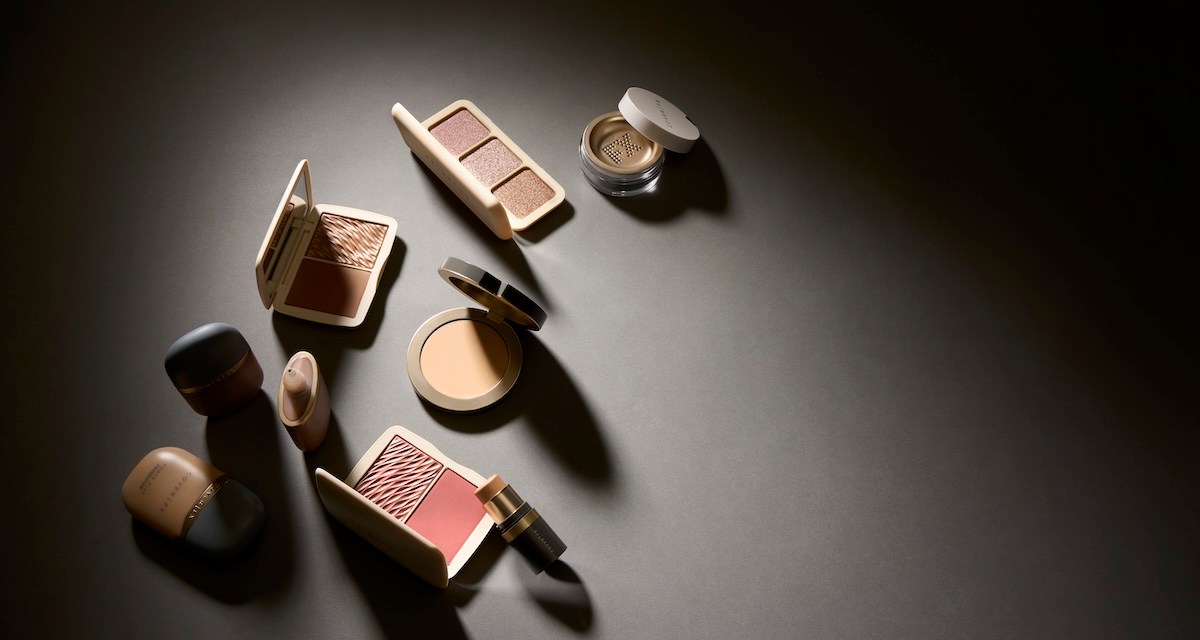How Cover FX’s brand refresh grew sales by 800%

Cover FX says its major brand refresh is driving a major spike in sales.
Shortly after being acquired in 2022, Cover FX — a clean beauty brand founded in 1999 — took 18 months off from introducing any new products to reformulate some existing ones, update packaging and build a new website with a Shopify integration. It did a soft launch in September 2023 before formally relaunching in February 2024 with a greater focus on social-first content.
Now, Cover FX says it’s reaping the benefits of the turnaround.
According to Sara Mitzner, vp of brand marketing at Cover FX owner AS Beauty Group, Cover FX’s sales for the three months from February 3 to May 6, 2024 jumped 828% from a year prior. Cover FX also gained 21X new customers during that period compared to the year before. What’s more, after launching two influencer campaigns in February — one with Paris Jackson and one around covering up hickeys — Cover FX’s follower count on TikTok spiked 1,223%.
Cover FX’s refresh fell under the purview of AS Beauty Group, which bought Cover FX for an undisclosed amount in February 2022. Cover FX marked AS Beauty’s fourth acquisition since 2019; AS Beauty also owns Laura Geller Beauty, Mally Beauty and Julep Beauty. In a press release, AS Beauty said purchasing Cover FX would increase its parent company’s size by 20% and boost overall revenue by 40% by 2023.
Cover FX’s portfolio includes skin care-focused makeup like primers, setting powders and concealers. A Canadian-based brand, Cover FX grew out of a Toronto clinic specializing in skin issues and sensitivities. At the time Cover FX was acquired, it had “deep-rooted heritage,” AS Beauty Principal Ralph Azrak told WWD, but the brand had also been “stagnant,” he said. According to WWD, Cover FX’s gross sales dwindled from $65 million in 2018 to $20 million at the beginning of 2022.
Revamping existing products
A large part of Cover FX’s refresh involved its products. Cover FX changed the packaging look of every item, and while it didn’t alter the formula of every single product, it did switch up its best-selling Total Cover Cream Foundation and Power Play Foundation. (For the former, it added three ingredients, including sunflower seed oil, and for the latter, it added eight ingredients, including hyaluronic acid.)
Mitzner told Modern Retail that when AS Beauty went back and looked at Cover FX’s formulas, “a lot of them hadn’t been touched in many years.”
“There’s been so many development and technological advances in the product development fields that we wanted to be serving our customers the best products possible,” she said.
Cover FX also updated the dropper head for its Bronzer, Booster, SPF and Enhancer Drops after hearing from customers that the head kept breaking in shipping. What’s more, it launched new products, including Radiant Start Tinted Moisturizer and Skin Discovered Longwear Concealer, and updated its brand photography.
Rethinking its digital strategy
Cover FX built a new website last fall, something that will allow it to better focus on direct to consumer, Mitzner said. Cover FX was once in Sephora and Ulta Beauty but pulled out of those markets in 2021 and 2022. While Cover FX is still on Amazon, it’s now focusing more on DTC to “keep a close eye on the brand and what’s working and what’s not,” Mitzner said.
Mitzner said that Cover FX continues to have relationships with Sephora and Ulta, and getting back into those doors “is not something that’s off the table.” But, she said, “We want to make sure that we have all of our ducks in a row before we enter a retailer of that kind of global scope.”
Greg Carlucci, senior director analyst at Gartner, told Modern Retail that many beauty brands want to be in retailers to increase distribution. But, he said, there are benefits in controlling a buying experience “start to finish” and holding onto customer data. “I think we’re going to see a continuation in beauty of how to maximize your own channels that in many cases can be a higher cost to maintain and fulfill,” he said.
Anjali Bal, associate professor of marketing at Babson College, told Modern Retail that rebrands can be a “tenuous situation” for struggling brands, beauty or otherwise. On one hand, she said, “it’s really hard to rebrand while you’re still exiting old product.” But, on the other hand, “if you take something completely off the market, you worry that the fans who are loyal to your brand are going to freak out and go to other brands.”
To that point, Cover FX continued to sell products while it rebranded in 2022 and 2023. It also posted on social media during its refresh as a way of keeping in contact with fans. But it really ramped up its social presence after its refresh, Mitzner said.
The day after Valentine’s Day, for instance, Cover FX launched a campaign around how its Total Cover Cream Foundation could disguise hickeys. For this, it worked with influencers including Tinx, Haley Kalil and Ella Halikas. Also in February, Cover FX partnered with Paris Jackson to cover all 80+ of her body tattoos for a clean, blank-slate look for the Grammys red carpet.
Both social campaigns had a direct result on sales, AS Beauty said. The “Hickey Magic” campaign increased Cover FX’s daily average total sales by 87%, according to the company. Its partnership with Jackson helped generate almost 50% of brand sales on February 4.
Beauty sales have made a solid recovery since the pandemic, and McKinsey expects the market to reach approximately $580 billion by 2027. But tight competition in the space means that brands like Cover FX have to take a close look at what they can bring to the table, Gartner’s Carlucci said.
“In order to be competitive in 2024 in the beauty industry, you need to have a very clear value prop and resonate with today’s consumer,” he said.
